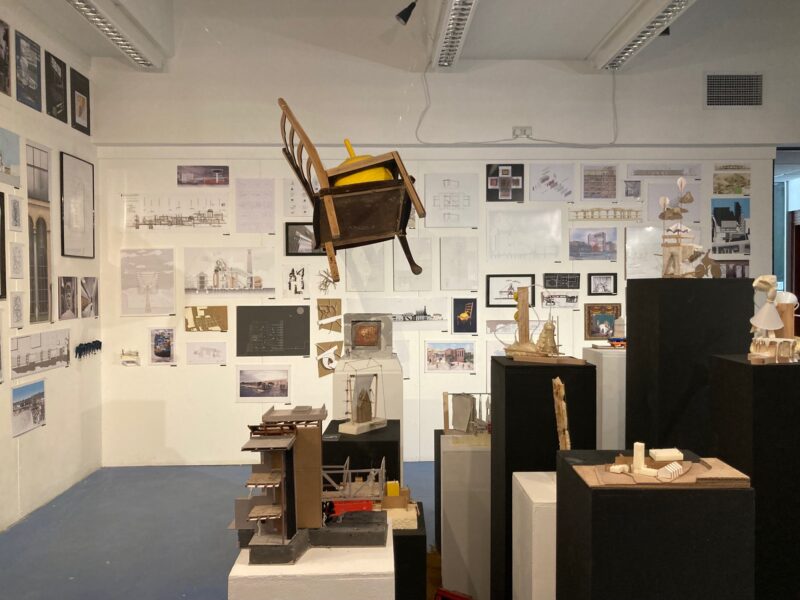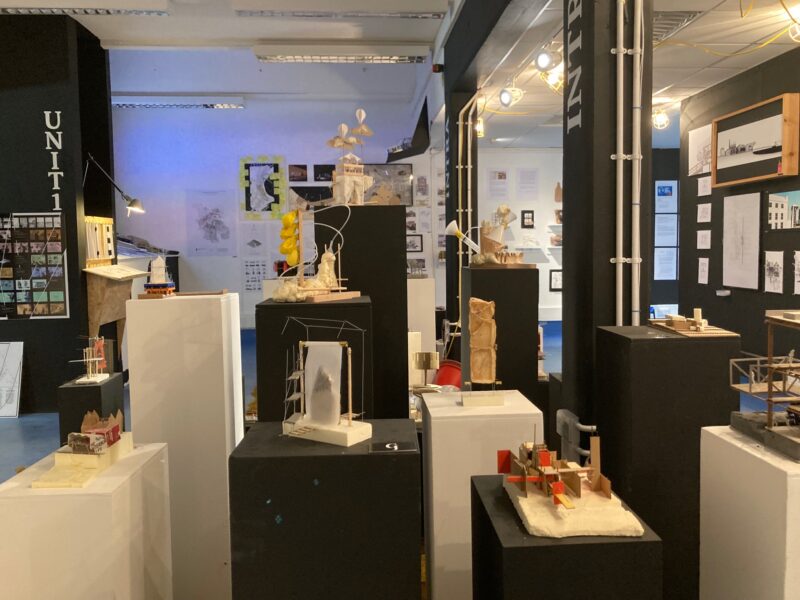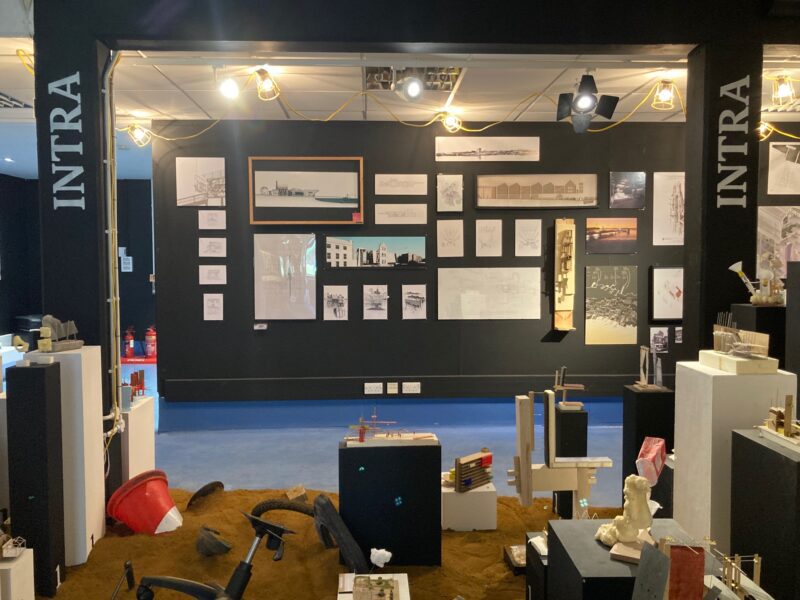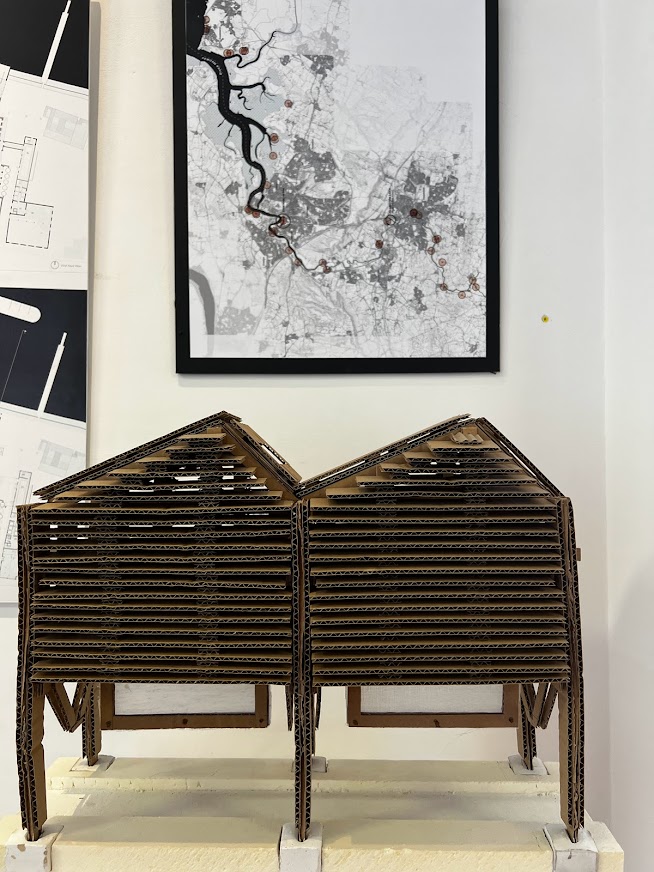Chatham Intra: A Framed Tale – 13th – 28th September 2022



Sun Pier House is proud to display an exhibition by students at University of Kent – Kent School of Architecture and Planning – Chatham Intra: A Framed Tale.
Michael Richards and Chloe Street-Tarbatt write:
“This year, Unit 1 collaborated with real stakeholders on a live project, working in liaison with Medway Council on a Historic England funded ‘Heritage High Street Action Zone’ project to regenerate Chatham Intra High Street in Medway, with HTA Design consultants appointed to prepare a ‘Significance Led Development Framework’. Through this liaison, students of Unit 1 have worked in parallel with this professional team on the development of proposals that will inform Medway’s future policy for the locality; operating as ‘visionary radical innovators’ through contributing to future planning guidance for a critical part of our region as part of a wider endeavour that will help guide regeneration nationally.
Chatham Intra is a bit like a safety pin. It holds the historic city-towns of Rochester and Chatham together, pinned tight against the outside of an acute bend in Kent’s greatest river – the River Medway. A rich collision of circulation, geography, and trade, catalysed by the inherent velocity of ‘being on the way to somewhere’ has created a fascinating urban spatial condition. Now surprisingly forlorn, Intra exists as a non-place; and like Chaucer’s Canterbury Tales, itself a ‘Framed-Tale’ of narratives-within- narratives, set between the poles-apart demographics of pedestrianised central Chatham and Rochester High streets. Intra now needs some careful thought and consideration, combined with a spark of imagination, to make sense of the myriad heritage-legacy opportunities, and offer a guidebook for its future.
Our role has been to provide an alternative ‘academic lens’ for understanding Chatham Intra and its environs, considering how progressive ‘best practice’ could be applied within this complex urban setting. Unit 1 believes the past is never far behind us, and that understanding it is essential to designing the most compelling architecture for the future. Unit themes this year included; reinventing the High Street (post-pandemic / post-internet shopping); progressive and radical approaches to sustainability; reuse and rejuvenation of historic fabric; social justice, community voice, inclusivity and grassroots frameworks; multi-generational health and wellbeing; phenomenology, psycho-geography, liminal spaces and spatial affordance. We journeyed to Bristol to experience another complex estuarine conurbation and are grateful to the Division for part-funding this research-led field trip.
Our autumn term was structured through a series of mini-projects, utilising the ‘concept-test’ method whereby students oscillated between group research tasks and individual design proposals, each considering the site and locality at different respective scales. We began with a short introductory haptic, craft-based project, followed by a taxonomy of found objects and interrogative mapping of the flows and dynamics of the spatial use and occupation, culminating in the development of individual masterplan proposals that illustrated specific impact in place/space and over time.
During spring term we asked students to consider Intra High Street and its context; historically, physically, environmentally, economically, demographically and ethically, in order to devise their own ‘social programme’ that had the capacity to cultivate an architectural narrative about the urban context. They were tasked with identifying a specific chunk or slice of Intra on which to develop a design that would combine retrofit and new-build, operating at the scale of the building, the High Street and the wider context. We used Richard Sennett’s book “Building and Dwelling: Ethics for the City” to approach the question of how we might live in the future city, considering the various ways buildings and programmes might evolve over time. Our parallel film series included a blend of regionally historically significant films about dis-continuity, context, post-modern(ism), superposition, politics, surveillance, and plan-section glides through urban dystopia, supporting our ongoing dialogue about urbanism and the human condition”

















